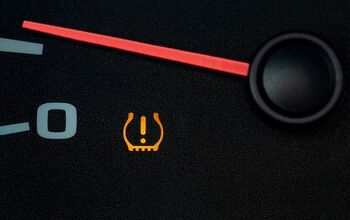Pros and Cons of Leasing a Car

The route to car ownership is filled with many options and leasing can be one for those who do not want to commit to a long-term purchase.
Leasing a car is akin to paying for the usage of a car for an agreed amount of time between the customer and a financial institution enabling a loan transaction to the customer. Payment installments and frequency are decided upon and a financial contract is drawn up to confirm the customer’s commitment to those payments. At the end of the contract, there will be a choice for the customer to either purchase the car at its current estimated market value or return the car to the manufacturer.
ALSO SEE: Top 10 Best and Cheapest Cars to Lease
Leasing can be a convenient choice for some and here are some of the pros and cons of this option.
Pros and Cons of Leasing a Car
Pros
Ability to Drive an Expensive Vehicle for Less: Leasing a vehicle means you are just paying for the depreciation on the vehicle for the duration of the lease agreement. Hence, your monthly or bi-weekly payments are much lower than they would be for financing and allows you to afford a car that may not have been within your budget had you agreed to purchase it outright or go the financing route.
Access to the Latest Vehicle Technology: Leasing a car on a regular basis (usually every two years) can keep you constantly at the wheel of the most technologically advanced vehicles. Since you will always be driving a relatively current model year vehicle, your car will always be equipped with the latest technology and features available to the specific vehicle.
Maintenance Costs are Usually Covered: A significant proportion of lease agreements include coverage for scheduled maintenance trips during the whole duration of the lease agreement. In addition, manufacturer warranty for the vehicle should cover any unscheduled trips to the dealer if necessary.
No Worries About Depreciation: Unless you plan on purchasing the vehicle when the lease term is over, the effect of depreciation on trade-in values for your car is not something to worry about. Once the lease term is over, you can just return the car to the dealer and restart the process again with a new vehicle.
Cons
Paying for Wear and Tear: At the end of any lease, there will be an inspection of your car to check for damages that need to be addressed before you can return the vehicle. Be prepared to pay a substantial fee that will vary based on your car’s condition and how new it looks at the end of the lease term.
Limitations on Driving Miles: Lease agreements usually set a limit on how many miles per year you are allowed to drive. Going over that limit for any reason will cost extra at the end of the lease term.
ALSO SEE: Pros and Cons of Financing a Car
More Expensive in the Long Run: At the end of your lease, your total payments may not reflect value for money because you were making the equal payments on a rapidly depreciating item.
Inability to Make Modifications: Since you are not technically purchasing the vehicle and don’t own it, once you have chosen your preferred specifications for the vehicle, you cannot make changes to the car such as adding certain accessories to the interior or exterior. The car has to be stock when the lease term is up.

Chidi loves talking about cars. He enjoys exploring the limits of new car technology and performance vehicles. When he is not writing features for AutoGuide, you will most likely find him perusing Kijiji or Autotrader listings for unique classic nameplates.
More by Chidi Ohiaeri
































Comments
Join the conversation